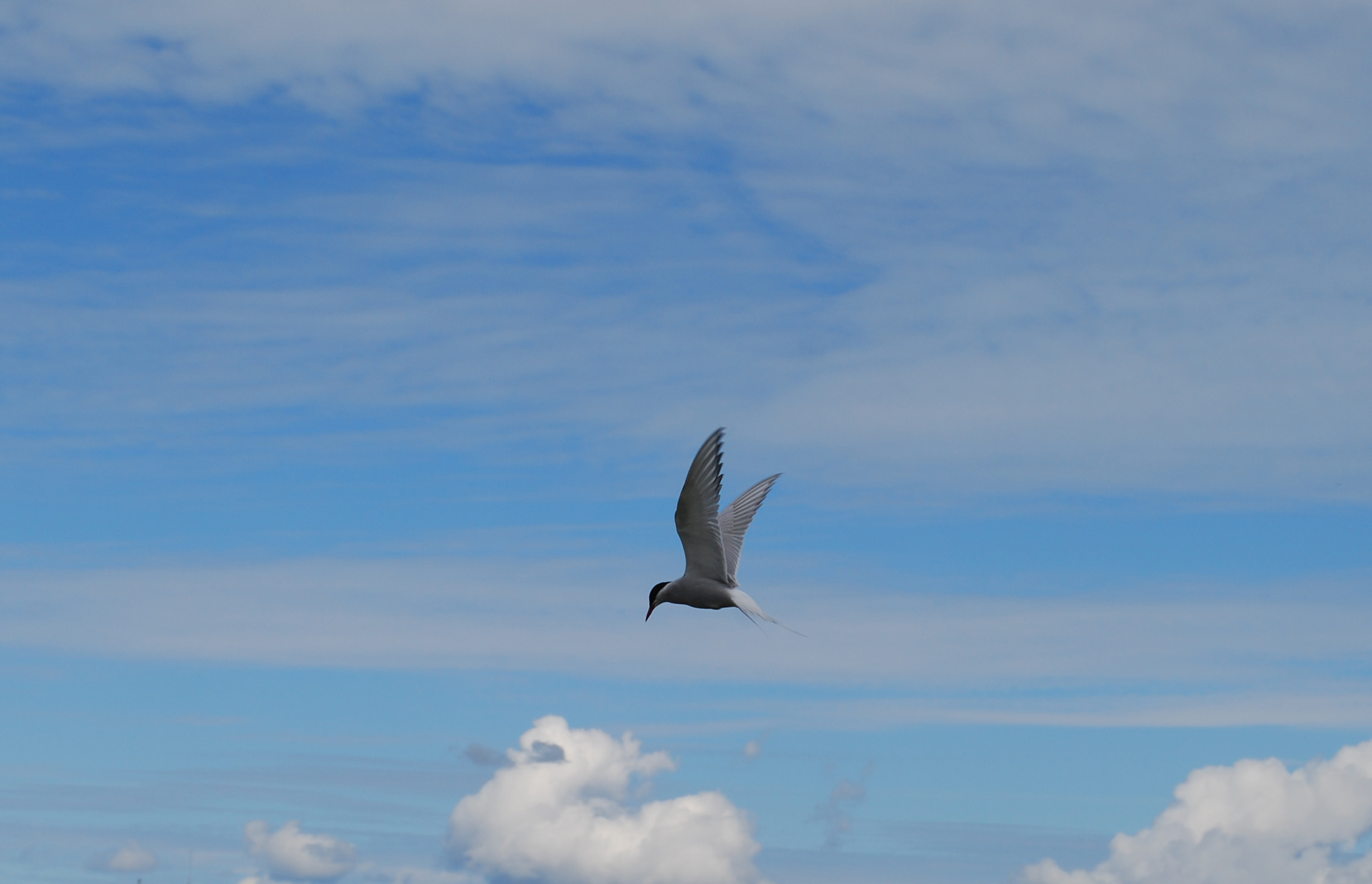This month the World Day of Migratory Birds is celebrated on the 8th of May. This celebration began in 2006, by the Secretariat of the Agreement on the Conservation of African-Eurasian Migratory Waterbirds (AEWA) in collaboration with the Secretariat for the Convention on Migratory Species of Wild Fauna (CMS). One of the objectives of the celebration of this day is to raise awareness among the general population about the importance of migratory birds in ecosystems around the world, promoting events that bring people closer to these species.
Migratory birds are capable of flying thousands of kilometers to find the best ecological conditions and habitats to feed and reproduce. The Artic tern (Sterna paradisaea) holds one of the greatest records of long-distance migration for birds, migrating between the reproduction area of the Arctic and Antarctica every year. Bird banding studies on this species proved that a ringed individual on the east coast of the British Isles was spotted in Australia, covering about 22.000km in just three months1. In the Azores there are relatively few records of this species2, however it is likely that the Arctic terns are common during migration as observed through the tracking of birds using geolocators3,4.
Photo credits: Susana Simião













